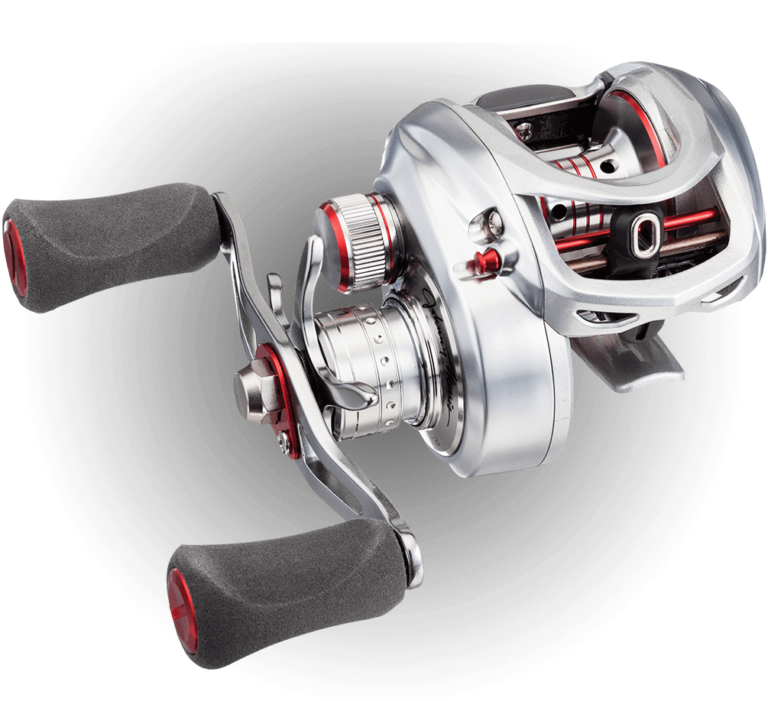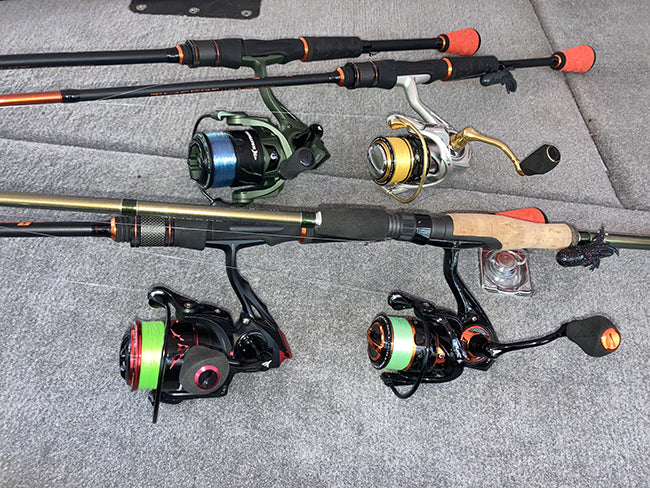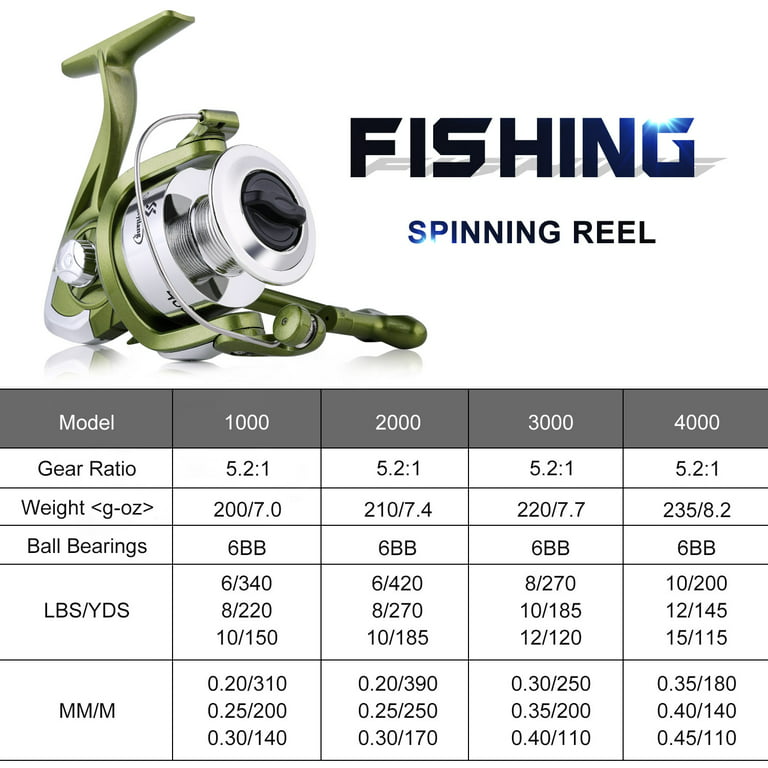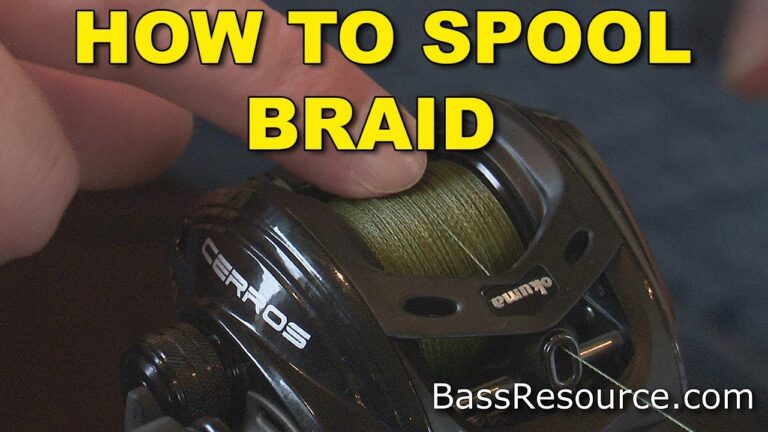How to Spool a Baitcaster by Yourself
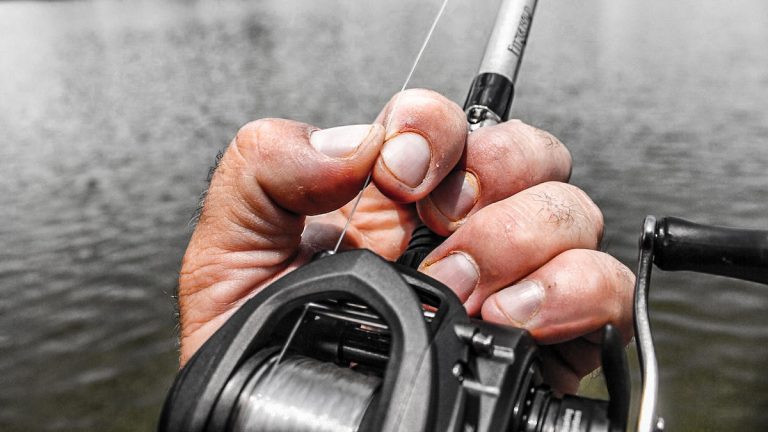
To spool a baitcaster, first attach the line to the reel using an arbor knot and then wind evenly across the spool. Ensure the spool tension is appropriate to avoid line twists or loops.
Mastering the art of spooling a baitcaster enhances your fishing experience—longer casts, fewer tangles, and better accuracy are within reach. Spooling your baitcaster correctly dictates your line’s performance and overall success while angling. Baitcaster reels, favored for their precision and control, demand a proper setup to leverage their full potential.
Anglers of all levels, from beginners to seasoned pros, should prioritize this skill. With the right technique and attention to detail, you can avoid common pitfalls such as backlashes and bird’s nests that often frustrate less experienced users. Let’s dive into what it takes to efficiently prepare your reel for that next big catch.

Credit: www.youtube.com
Introduction To Baitcasters
Baitcasting reels are widely favored by seasoned anglers for their precision and control. These reels allow for greater casting accuracy and can handle heavier line and lures. Versatility in different fishing conditions makes them a popular choice.
Unlike spinning or spincast reels, baitcasters mount on top of the rod. This design leads to fewer line twists and snarls. With baitcasting reels, you’ll experience enhanced reel control during the cast. They also feature a braking system to adjust the spool’s speed, which reduces the chance of a backlash, commonly known as a “birds nest”. Anglers can finely adjust the spool tension and brake for different lure weights.

Credit: www.reddit.com
Choosing Your Fishing Line
Choosing the right fishing line for your baitcaster is key. Monofilament, fluorocarbon, and braided lines each have their uses. Monofilament is stretchy and user-friendly. Fluorocarbon is nearly invisible underwater. Braided line excels with its strong, thin profile.
Important factors in line selection include:
- Line strength – known as ‘test’ and measured in pounds.
- Diameter – thinner lines cast further and are less visible.
- Visibility – clear lines are harder for fish to see.
- Stretch – less stretch means more sensitivity to bites.
- Memory – lower memory lines tangle less and cast better.
- Abrasion resistance – for fishing in rough structures.
Preparation Steps
Ready to spool a baitcaster reel by yourself? First, make sure you have all the necessary equipment. You’ll need a baitcasting reel, fishing line, scissors or a line cutter, and some tape. Also, grab a rubber band for extra grip, if needed.
Next, prepare your workspace. Choose a clean, flat surface with good lighting. Keep your tools within easy reach. A stable setup helps you work better and faster.
| Equipment | Use |
|---|---|
| Baitcasting Reel | Base for spooling |
| Fishing Line | To load onto the reel |
| Scissors/Line Cutter | For trimming line |
| Tape | Secure line’s end |
| Rubber Band (Optional) | Extra grip |
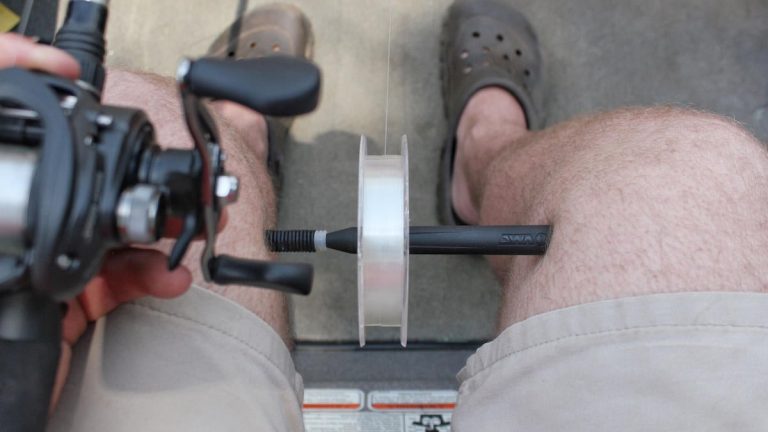
Credit: www.wired2fish.com
Step-by-step Spooling Process
To attach the line to your baitcaster reel, start by threading it through the guide closest to the reel. Then open the bail, tying the line around the spool with an arbor knot. Make sure the knot is tight and trim any excess line.
Maintaining proper tension requires holding the line between your fingers as you wind. Keep the line taut to avoid any loops or kinks. Align the line evenly across the spool by guiding it with your free hand.
For winding the line onto the spool, turn the handle slowly. Distribute the line evenly by moving it side to side. Fill the spool until there’s about a 1/8 inch gap from the rim. This ensures the best performance of your baitcaster.
Troubleshooting Common Issues
To avoid line twists and overruns on a baitcaster, ensure the line feeds evenly from the spool. Holding the rod steady, maintain tension on the line. Methodically wind the line onto the reel for best results. Watch the line closely as you spool.
Line slippage and loops can be frustrating. To adjust, begin by applying proper pressure. Thumb pressure is key during the spooling process. It prevents the line from looping. Use a consistent rate of line retrieval. This keeps the wind tight and orderly. Proper tension leads to smooth casting.
| Issue | Troubleshooting Step |
|---|---|
| Line Twists | Maintain even tension and line feed |
| Overruns | Monitor line closely and wind methodically |
| Line Slippage | Apply thumb pressure during spooling |
| Loops | Retrieve line at consistent rate |
Aftercare And Maintenance
Maintaining your baitcaster ensures its longevity and performance. Start by storing the line properly to prevent it from twisting or kinking. For proper line storage, always release the tension on the line before storing the reel. This action prevents line memory and prolongation issues. Keep it away from direct sunlight as UV rays can weaken the line. Use a cool, dry place for storage to avoid moisture damage.
Regular cleaning and lubrication are key to a smoothly operating baitcaster. Begin by disassembling the reel gently according to the manufacturer’s instructions. Clean each part with a soft cloth to remove dirt and grime. After cleaning, apply oil specifically designed for baitcasters on the spool bearings and gear mechanisms. Ensure to wipe any excess oil to prevent dirt accumulation. Reassemble the reel carefully, making sure each part moves freely for optimal performance.
Frequently Asked Questions On How To Spool A Baitcaster By Yourself
How Do You Line A Baitcaster By Yourself?
Open the baitcaster’s bail and securely attach the line’s end to the spool. Maintain tension while winding the line evenly, avoiding any slack. Close the bail once finished, and snip excess line.
Can You Spool A Baitcaster With Braid?
Yes, you can spool a baitcaster with a braided line. Ensure you use proper spool tension and anchoring techniques to prevent slippage.
How Do You Line A Reel By Hand?
Open your reel’s bail, tie the line to the spool, and close the bail. Hold tension on the line, and slowly turn the handle to wind evenly, preventing twists. Trim any excess line.
How Do You Load A Baitcaster With Line?
To load a baitcaster with line, first thread the line through the guides and tie it to the spool. Use an arbor knot for a secure tie. Hold the rod firmly, apply slight tension to the line, and slowly reel the line onto the spool evenly.
Conclusion
Mastering the art of spooling a baitcaster can elevate your fishing game. This guide has walked you through each step, ensuring you’re ready for a hassle-free experience out on the water. Remember, practice makes perfect. So grab your gear, apply these tips, and enjoy the satisfaction of a well-spooled baitcaster on your next fishing adventure.
Happy casting!
